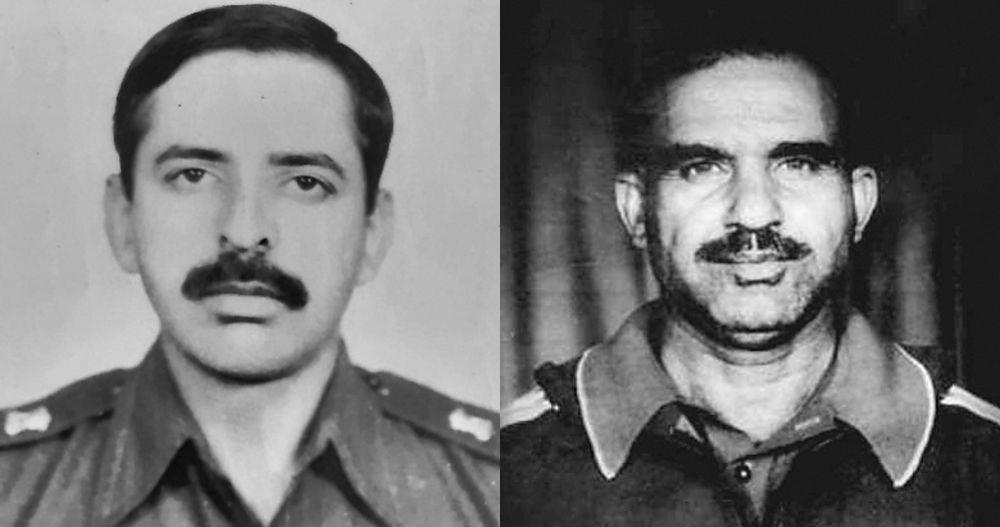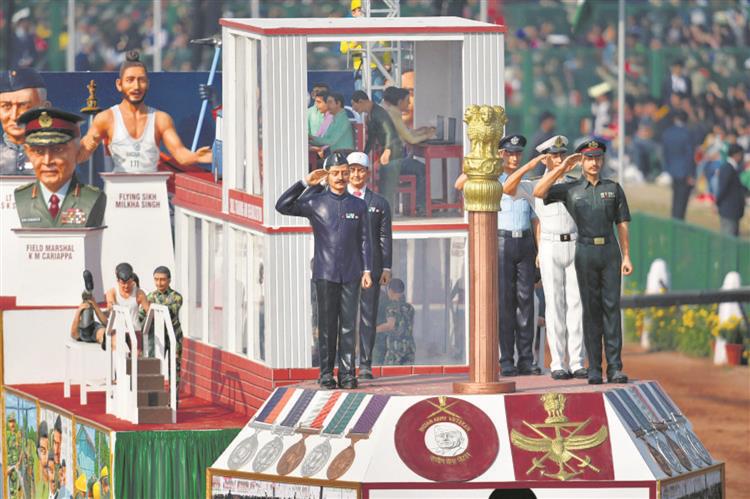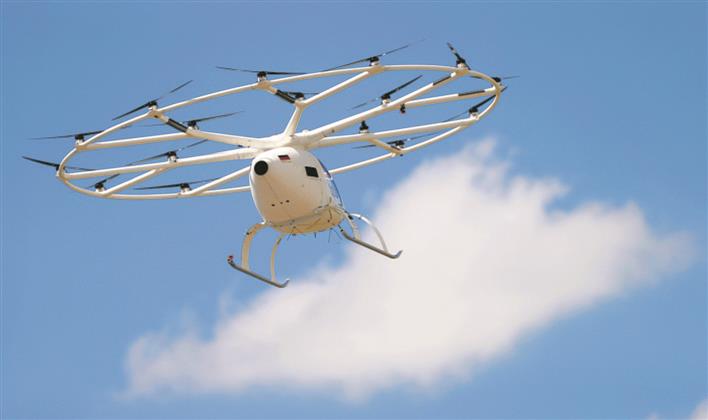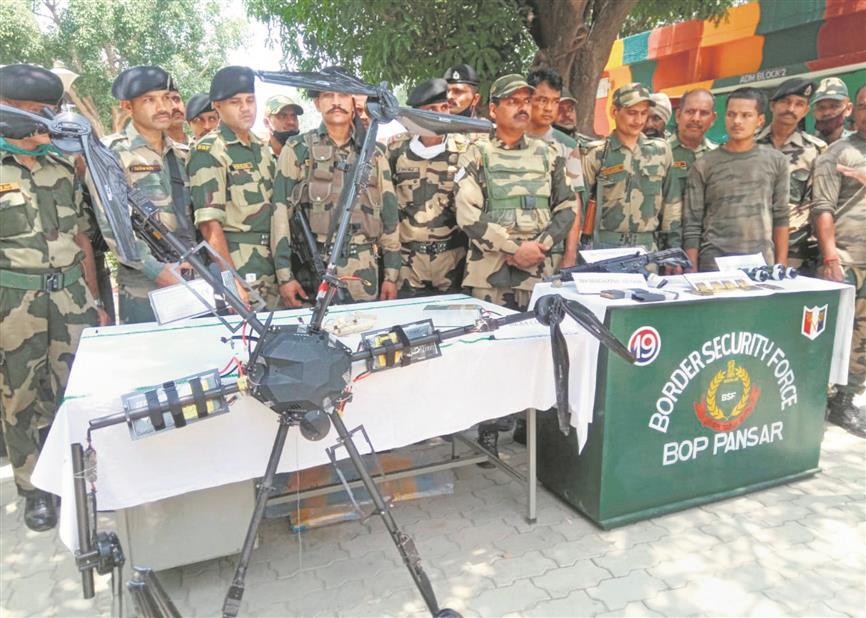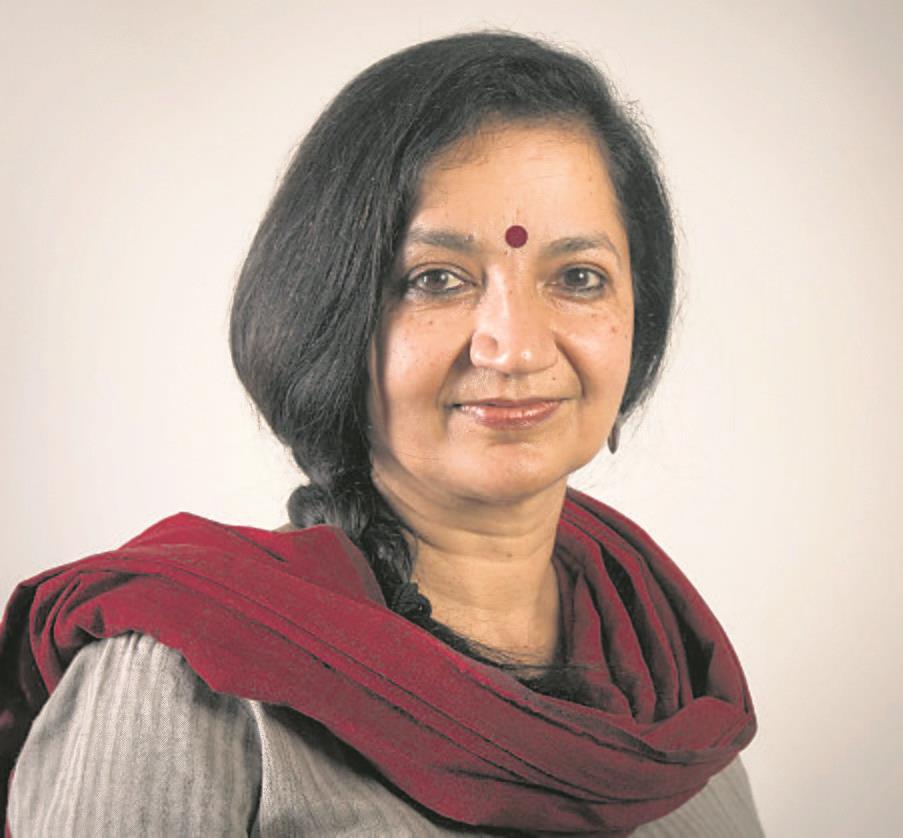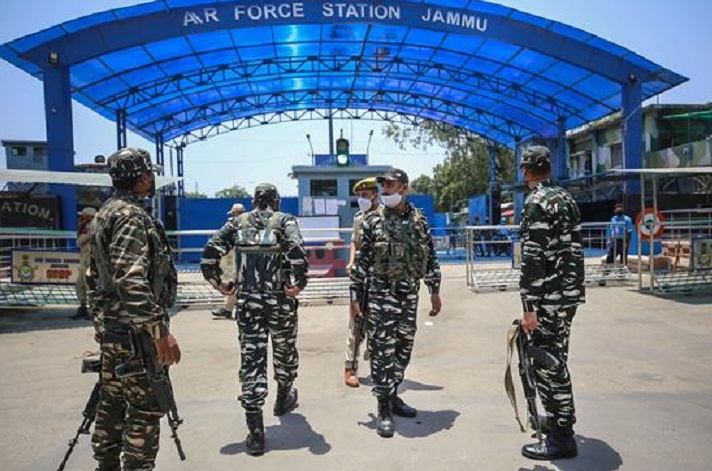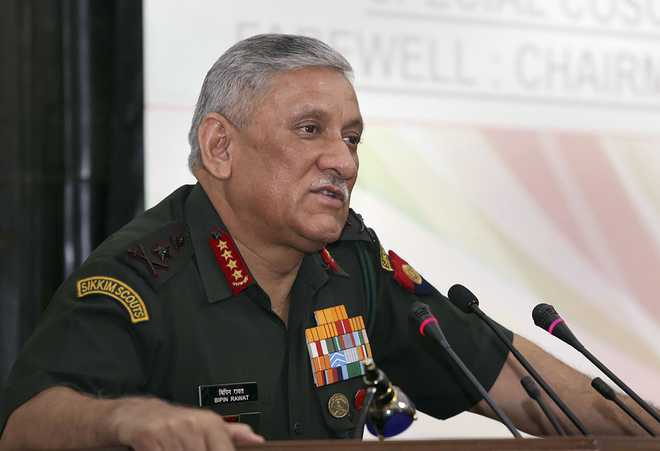
The use of rogue drones by terrorists, smugglers or hostile nations have been, for the past few years, been cited as a serious concern, but the capability to counter this threat is still in a nascent stage in India.
The twin blasts inside the Air Force Station, Jammu, on Sunday that were suspected to have been caused by drones and an Army sentry reportedly shooting at a drone flying near the Kaluchak Military Station today have brought into focus the security risks posed by unmanned aerial vehicles.
The use of rogue drones by terrorists, smugglers or hostile nations have been, for the past few years, been cited as a serious concern, but the capability to counter this threat is still in a nascent stage in India.
The armed forces as well as police are developing anti-drone capability that includes a doctrinal approach to counter the threat as well as the technology and physical systems to detect and neutralise drones. There are several means by which a drone can be detected, identified, disabled or destroyed, which includes radar, infrared, laser, opto-electronics, electromagnetic and acoustic means along with the use of guns, rockets or missiles. These can be fixed, vehicle mounted or man-portable.
Last year, the Defence Research and Development Organisation had unveiled an anti-drone system designed by it, which is reported to have been deployed selectively so far, with state-owned Bharat Electronics Limited designated as the production agency.
The Army’s Directorate of Air Defence is undertaking a project to develop counter measures against unauthorised flying objects that can be used for surveillance or attack. Launched over a year ago, the Army expects the feasibility study to take around two years, with other two or three years for developing a technology solution.
The BSF is also in the process of acquiring anti-drone systems. Its requirement is for a ground-based standalone platform capable of detecting a lone suspicious flying object or a group of UAVs and react within 10 seconds.
Being border states and given their history of terrorism, Punjab and Jammu and Kashmir are vulnerable to cross-border smuggling and terror attacks. Security forces have reported an increase in drone activity in border areas, with several instances of drones violating the Indian air space of being used to drop arms and ammunition on this side of the border.
Difficult To Track
Most drones used for cross-border smuggling of arms and ammo or for attacks are much smaller than conventional aircraft. Since low altitude and their minuscule radar makes them difficult to track electronically, ground forces have to rely on visual sightings and audio signals
No Funds For Tech
The Punjab Police are facing financial issues in the procurement of anti-drone technology. Sources say several meetings have taken place at the highest level and some private companies have also made presentations, but due to high cost it is yet to be approved.





















































